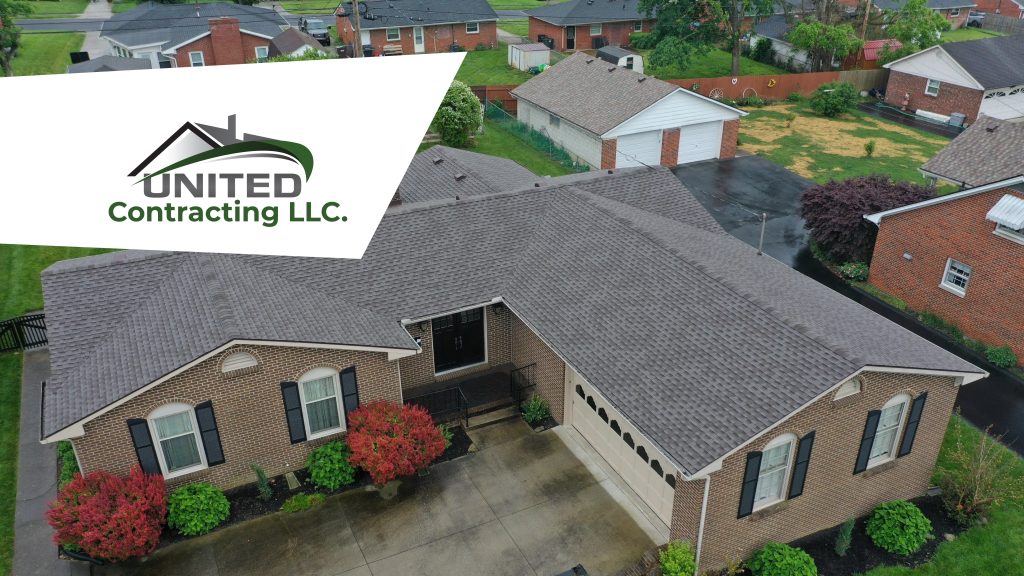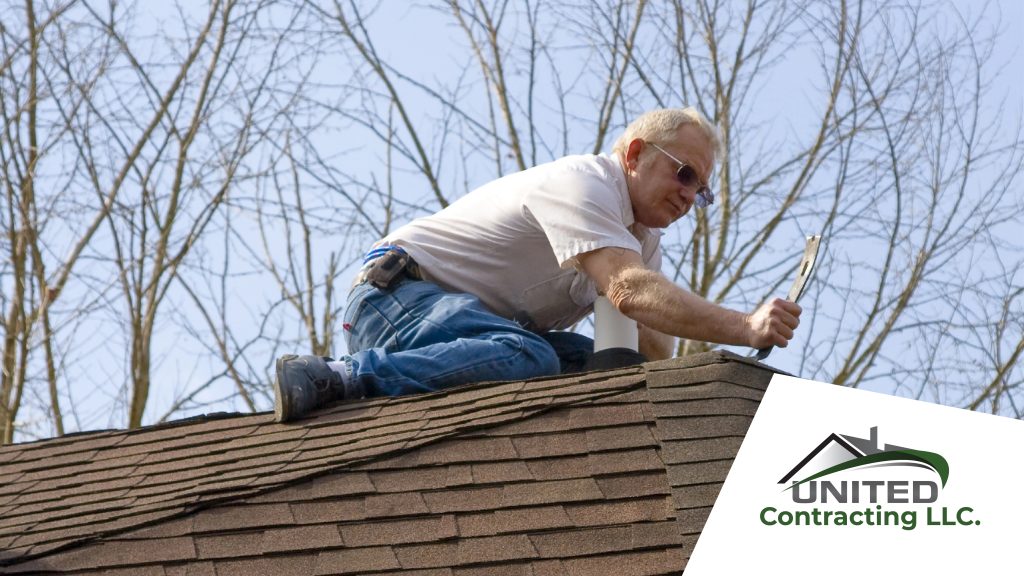
When you’re involved in roof construction, safety must always be your number one priority. Whether you’re a homeowner tackling a DIY roof construction project or a professional contractor on the job, knowing the essential safety measures for roof construction can make all the difference. Roof construction work can be particularly hazardous, so let’s dive into some critical safety tips that can help you avoid accidents and ensure the job gets done correctly.
Before starting any roof construction project, it’s vital to have a clean and organized workspace. Remove any debris or unnecessary tools that could cause trips or falls during roof construction. Make sure that pets and children are kept away from the roof construction area to avoid any unexpected distractions or accidents. It’s also crucial to identify any potential hazards, such as power lines or unstable surfaces, so you can plan your roof construction work accordingly.
Falls are one of the most common dangers in roof construction. Here’s how you can reduce the risk during your roof construction project:
Ladders are essential for roof construction, but they can also be a major source of accidents if not used properly. Here are some tips to ensure ladder safety during roof construction:
Moving and handling construction materials on a roof can be physically demanding and hazardous during roof construction. Here are some best practices to keep in mind:
Extreme weather conditions can make roof construction more dangerous and affect the quality of your work. Here are some tips to stay safe:
Extreme weather conditions can make roof construction more dangerous and affect the quality of your work. Here are some tips to stay safe:
Explore more on choosing the right materials in our guide on how to extend the life of your roof.

If you’re not confident in your ability to safely complete your roofing project, it’s always best to consult with a professional. At United Contracting LLC, we have the experience and expertise to handle all your roofing needs safely and efficiently. Make sure the contractor you choose is licensed, insured, and follows all necessary safety protocols.
Roof construction can be daunting, but whether you choose to do the work yourself or hire a professional, understanding and following proper safety measures will ensure the job is done right. For expert roofing services in Lexington and Louisville, Kentucky, contact us today!
United Contracting is your local roofing company Lexington, Louisville, and Everywhere In Between
We’re the Team that Provides Superior Results!
United Contracting is your local roofing company Lexington, Louisville, and Everywhere In Between
We’re the Team that Provides Superior Results!
Quick Links
Hours of Operations
Mon – Fri: 8:30 AM – 5:00 PM
Sat – Sun: Closed
Saturdays & Sundays emergency tarping services available
© Copyright 2025 | United Contracting LLC